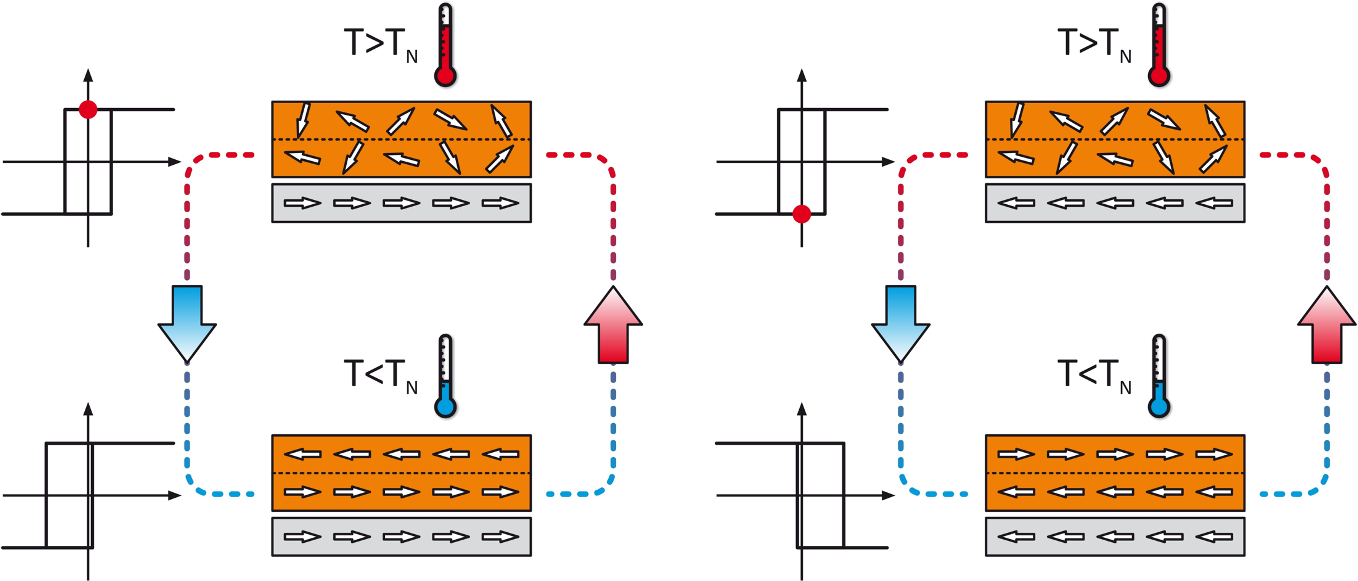Scientists tested a complementary approach to assess the magnetic properties at the interface of different materials
|Modern and future applications of Information and Communication Technology (ICT) will increasingly rely on controlling the magnetic properties of materials, allowing memory devices with faster access, increased storage density and reduced energy consumption. Potential applications include spin valves, an essential element in magnetic sensors, such as modern hard-disk drives. A spin valve can exploit the change in electrical resistance caused by the alignment of the magnetisation in thin-layer materials with different magnetic properties. In this regard, the internal research project MAG-ALCHEMI mainly focuses on the atomic-scale engineering of magnetic materials.

Within the MAG-ALCHEMI project, Prof. Michał Ślęzak (AGH University of Science and Technology), and colleagues, successfully applied a complementary approach exploiting the nature of two different techniques, XMLD (X-ray Magnetic Linear Dichroism) and MOKE (Magnetooptic Kerr Effect) to assess the magnetic properties at the interface of different materials. The experimental work was realised at the PIRX beamline of the Polish CERIC Partner Facility at the SOLARIS Synchrotron in Krakow.
This scientific work highlights the peculiarities of each of the employed techniques and provides a relevant contribution to controlling magnetic properties of different materials that could have disruptive applications in the spintronics sector where, in addition to charge state, also the spin of the electrons is exploited to improve data storage and transfer performances.
ORIGINAL ARTICLE:
Tailorable exchange bias and memory of frozen antiferromagnetic spins in epitaxial CoO (1 1 1)/Fe (1 1 0) bilayers
Ślęzak M., Dróżdż P., Janus W., Szpytma M., Nayyef H., Kozioł-Rachwał A., Zając, M., & Ślęzak, T., Journal of Magnetism and Magnetic Materials, 2022.



